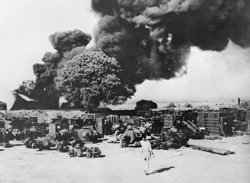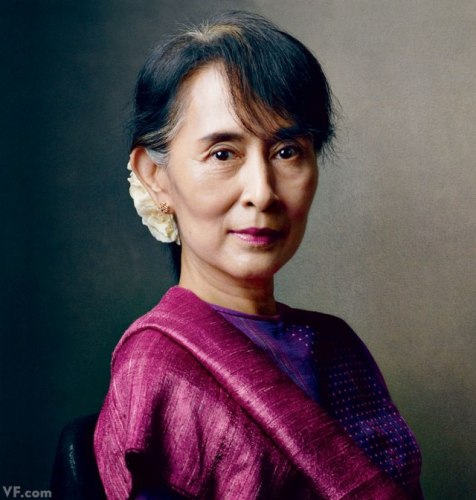 |
| 1907 Oahu College women’s soccer team (photo courtesy Futbol Heritage Archive). |
I love watching Women's Football (Soccer) especially cheering for the Women's National Team! They are getting ready for the Olympics in Rio. The team won a bronze in 2012 and I'm hoping for even better next time as the coach is very good:
"Canadian women's soccer coach John Herdman has summoned the heart of his World Cup team along with an injection of youth for his first camp on the road to Rio. Herdman's roster includes captain Christine Sinclair and fellow World Cup veterans Erin McLeod, Rhian Wilkinson, Allysha Chapman, Diana Matheson, Sophie Schmidt and Melissa Tancredi..."It's an exciting group we've brought together." Herdman said Sunday from Vancouver. "I really do hope we can find some of the quality that we are going to need to get on the Olympic (podium)."
It's been a real hard slog for the ladies in soccer though. Their history is marked by extreme prejudice and male-domination over their actions. Despite that, the ladies love the sport and have stayed strong over the 100 plus years of playing.
In the early 20th century, women were playing
the game seriously in different parts of the US, Great Britain, France and
Canada. The picture above is a college competitive team picture from Hawaii. (Educated and playing soccer? Wow they must have pissed a lot of old white dudes off) Some facts point that in Central Europe, competitive soccer was
not uncommon. Such games were often played without compliance with the
civil and church authorities.One of the popular records of the game comes from Boxing Day in 1920, at Goodison Park in Liverpool. A spectacular game took place on England’s biggest soccer ground where Dick, Kerr Ladies played with a Lancashire team called St. Helen Ladies in front of a crowd of 53,000 people. It is noted that more than ten thousand fans had to be locked out when the ground became fully occupied.
 | |
| The winning team - sexism not in picture. |
The crowd size on that day was seen as a major
threat at the headquarters of Football Association in London. Also many men complained that it was "distasteful" for women to play. In 1921,
the influential central body of the game set a ban on women for playing
soccer for an incredible period of 50 years. The repercussions could be
seen immediately as this decision crippled women soccer players in a few
countries. However, Italy and France established women’s leagues in
early 1930s. Women continued to play soccer despite the bans across the world as amatures. The Dick, Kerr Ladies FC continued to play.
After the
war, the graph took an upward turn with Italy establishing its national
association in 1950 and Germany organizing the first informal women
European championship in 1957. Northern European countries were also
part of the development, especially Norway and Sweden. Even though most countries had women’s teams, it wasn’t until 1971
that the ban was lifted in England and women could play on the same
fields as the men.
One massive step forward for women’s soccer was the first Women’s World Cup, which is a soccer tournament that has teams from all over the world play each other. This first tournament was held in China on November 16-30, 1991. Dr. Hao Joao Havelange, the president of the Fédération Internationale de Football Association (FIFA) during that time, was the person that initiated the first Women’s World Cup, and because of that first World Cup, the United States created a name for itself in women’s soccer.
 |
| The original 1986 Canadian Women's National Team wore second-hand boys' jerseys (Canadian Soccer Association) |
Overall, the 1960s, 1970s and 1980s were years of enormous success for Canadian women in sports. The 1960s and 1970s witnessed the emergence of the “women’s liberation” movement in North America. Women increasingly fought restrictions in all areas of life, including sports. Plaintiffs brought sex-discrimination cases to court, arguing that girls should be allowed to play in games, and on teams, that were traditionally reserved for boys. In 1981, feminist athletes and activists established the Canadian
Association for the Advancement of Women and Sport (CAAWS).
It was Canada Day, July 1, 1986, when the Canadian Soccer Association brought together 20 players to make up the first women's national team. The squad had three days in Winnipeg to get to know each other and sort out strategy before embarking on a day-long bus ride to Blaine, Minn., to face the U.S. in their first game.
But sexism reigns still in soccer and in women's sports. Despite the success of women in all types of sport, female athletes are still judged to some degree on their physical attractiveness. Another challenge facing female (and male) athletes is that of homophobia, which continues to persist in the world of sports. There has long been paranoia about homosexuality in women’s sports, and many female athletes and teams have taken pains to emphasize their heterosexuality and femininity in response to societal fears about masculine women athletes. Few gay athletes have felt comfortable revealing their sexuality while in active competition. However, in September 2013 Olympic speed skater Anastasia Bucsis stated publicly to the Globe and Mail that she was “proud to be gay”; her statement may be a sign that the Canadian sporting world is becoming more inclusive.




